The Checklist Manifesto
Recently I have been talking to many struggling teachers and education professionals. Rightfully so, pandemic teaching is a beast!
— Mike Burke (@hearmikeburke) May 9, 2022
I was overwhelmed with teaching long before the pandemic; a book saved my career.
The Checklist Manifesto by @Atul_Gawande
Read it, seriously.
The Book
The Checklist Manifesto is the only book I have ever given out copies of. I assigned it as summer work for my students and have been told by multiple students it was the only summer reading they ever actually did.
I would encourage you to add it to your reading list. If your job/responsibilities are overwhelming, I implore you to read it ASAP!
If you are not a reader, the video above is a better stand-in than most other alternatives, but seriously take the time to read the book.
Two Types of Mistakes
One of the key takeaways for me is the two types of mistakes the author points out.
I Never Knew errors. This is where a person makes a mistake because they don’t know a better way. Think of a child learning to ride a bike. They are trying their best but are mainly getting by with trial and error. No one would ever blame a child who is learning to ride for falling.
This same logic applies to an adult at work. You would not blame a new teacher for breaking the copier because they didn’t know the special trick that keeps this dinosaur of a machine working. It’s a mistake, but a blameless one. You fix these errors with instruction and practice.
I Forgot errors. This is the most frustrating type of mistake because you know what you should have done, but you forgot. These can be as simple as forgetting your lunch at home or as significant as amputating the wrong limb of a patient.
The author goes through the whole book, pointing out how world-class performers, himself included, make “dumb” mistakes every day. You prevent these mistakes by creating systems.
The World Is Too Complex for Any Human Brain
The author argues that our brains have not been able to keep up with the exponentially increasing complexity of the world. We have tried to combat the complexity by specializing. For example, instead of being a surgeon, the author was an endocrine oncology surgeon.
But even specialization did not keep complexity at bay. The author makes a claim and supports it throughout the book that the work is too complex for any one human brain to keep up with.
If you think you are the exception, consider for a moment the source. Dr. Gawande is a world-renowned surgeon, professor at the School of Public Health at Harvard, and a named professor of Surgery at Harvard Medical School. Not to mention being a MacArthur “genius grant” winner. This guy says the world is too complex for him to be consistently excellent without support.

How It Helped Me
I have always been blessed with more intellectual horsepower than most. This allowed me to get through my academic career without much need for the structure my teachers tried to persuade me to instill in my work. Unfortunately, once I was into my teaching career, the demands of the job exceeded my natural gifts, and I didn’t have the external tools to compensate. Hubris, thy name is Mike.
Reading The Checklist Manifesto during the most overwhelmed time in my life, when I felt like I was drowning, magnified its impact and changed how I approached the world.
Started Thinking in Systems
After seeing the examples of systems thinking in the book, I started to see them in my work and life. After noticing these repeating things, I got purposeful about them. I would reflect on things and look for what I could do better next time. Critically, I would then capture that learning outside of my brain so I could avoid the mistakes next time and reflect again.
This led to a perpetual positive feedback loop where I got better over time with less stress and fewer mistakes across the board. This freed up my time and brain to experiment with new things and help others.
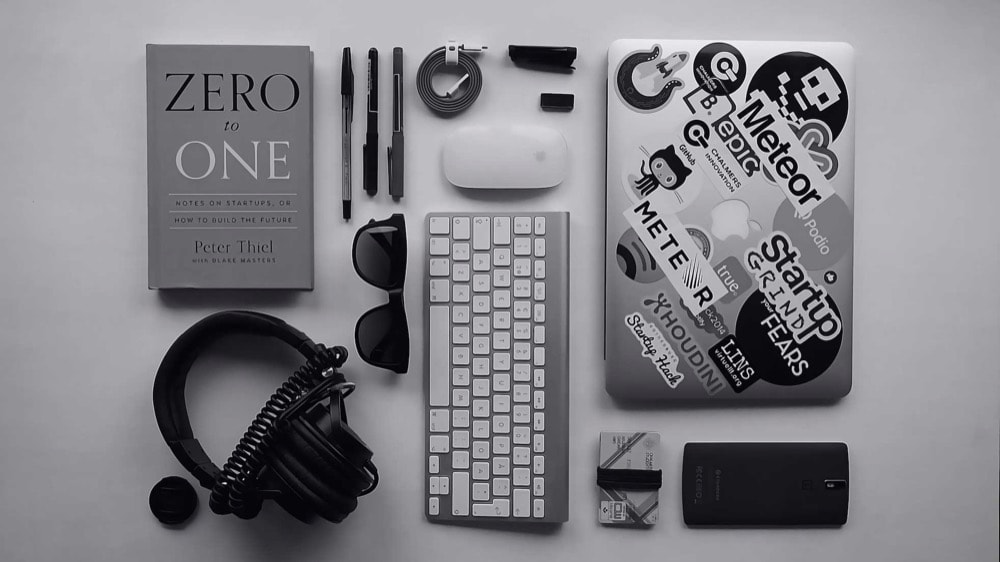
Taught in Systems
Specifically, applying systems thinking to my classroom was a perfect combination. My curriculum was structured and provided by a vendor. It was very good, but I supplemented and customized it in tons of ways to make it better for my students.
Since my classroom content was on a stable yearly cycle, I made sure to spend time at the end of every project or unit reflecting on the successes and areas for improvement. I would look at my organization, instruction, and the supports I had for my students. This is a standard part of good teaching, but something about The Checklist Manifesto made this concept more strategic for me.
By collecting my improvements into checklists, I would not only get better next year but also be able to focus on new improvements next time. This led to dramatic improvements and efficiencies every year. I even started ordering supplies, making copies, and creating support materials a year in advance.
Started Automation
During this time, I listened to my first episode of the Automators podcast and realized that there were accessible ways for me to automate my classroom and save me even more time and energy.
I started taking my Google Doc/Trello checklists and building OmniFocus templates for my recurring school-related projects. Automating the creation of an OmniFocus project to prepare for a gel electrophoresis lab meant that the lab was always ready when the students were. Having an OmniFocus task to reach out to students who didn’t turn in an assignment the day after it was due meant that I could help students who were afraid to ask for it. Eventually, this way of thinking gets even more advanced.

As a department chair and teacher for senior students, I was asked to write many letters of recommendation for students applying to colleges and internships. This process is high stakes, requires strict adherence to deadlines, and has many moving parts. Fortunately, this process is relatively standardized because of the common application system for colleges in the United States. Unfortunately, this means that 90% of the letters I was asked to write had the same due date, November 1st.
This resulted in me creating a rather complex automation chain to handle the process.
How It Can Help You
As a Mac enthusiast and technology-first problem solver, you might assume I would give you a shopping list for a bunch of Apple devices and software. While that’s how I chose to implement my learnings from this book, none of these things are needed.
Systematize Your Work
If you read The Checklist Manifesto and take its message to heart, I think you get two powerful lessons from it that you can apply in pretty much any circumstance, with or without technology.
Capture Learning Your brain is brilliant at many things; creativity, analytical thinking, empathy, problem-solving, and more. Your brain is terrible at durable, accurate, long-term storage. So much so that scientists consider people with incredibly accurate memory anomalies worth studying.
If you want to remember something for the long haul, you should have a way to capture (outside of your brain) what you learn. I focused on my job, so I captured processes and best practices related to teaching.
Build on Your Success That thing you want to remember is probably something you want to get better at. So build in time to review your learning periodically. If possible, every time you use it. When you reflect on your experience and new learning, you should update your captured learning with this new information. That captured learning should be in a form that is easy for you to access and edit.
Because it works for me, I typically stop this information in Drafts and use that information in a variety of automations. It could just as easily be an index card in a file folder. No matter what form this takes, you should always look for opportunities to update your captured learning with new information.
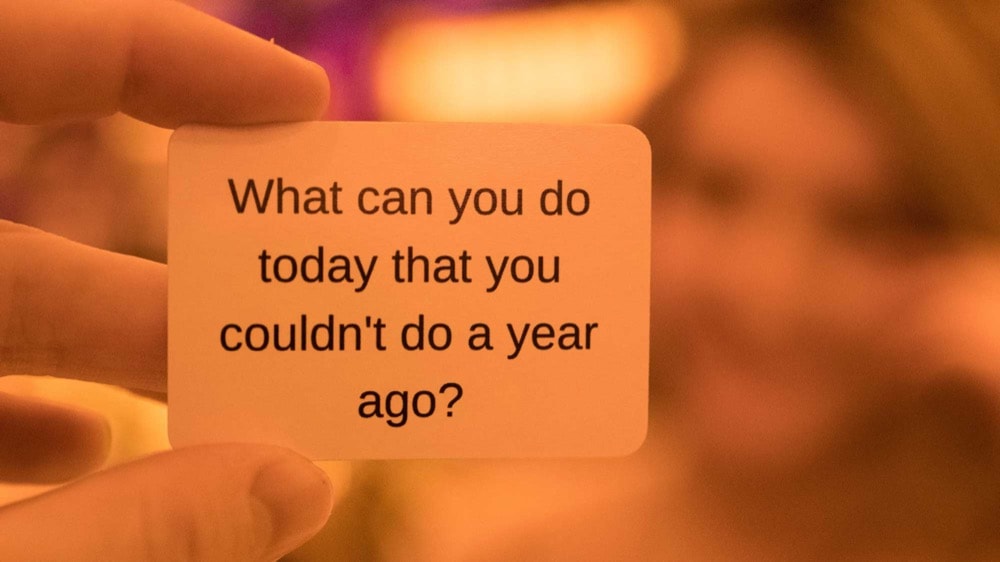
Conclusion
The Checklist Manifesto was an influential book for me. Perhaps I read it at the right time in my life; maybe the logic fits into my brain nicely. Either way, I think it is worth your time to read, especially if any part of this post struck a chord with you.
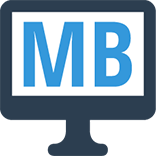

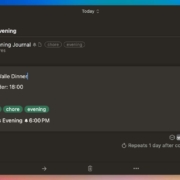

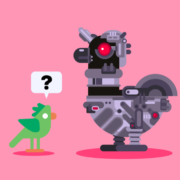
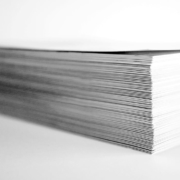



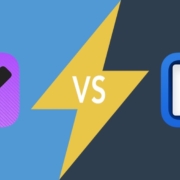


Leave a Reply
Want to join the discussion?Feel free to contribute!